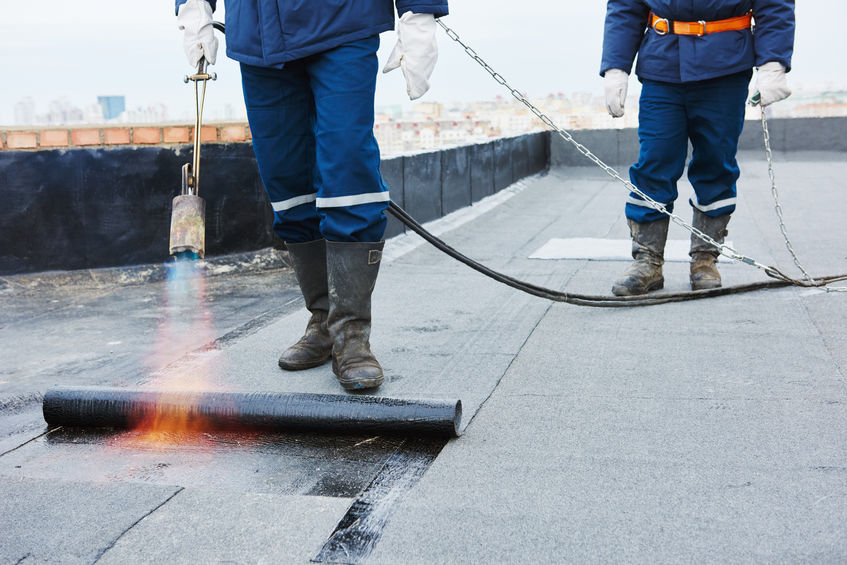Rubber roofs used to be known as solutions mostly used on flat commercial buildings, but nowadays the material comes in forms that resemble more conventional roofing materials, such as shingles and are becoming popular for residential applications as well, prompting more and more homeowners to find out the answers to questions like “What is rubber roofing, how can I use it and what are the benefits?” Here are some details to help you decide whether rubber is a suitable material for your roof as well.
What is, in fact, a Rubber Roof?
Also known as EPDM roofing, after the material it is made from (ethylene propylene diene terpolymer), a rubber roof consists of a single-ply or multiple membranes of synthetic rubber or of rubber shingles. Rubber roofs are installed one of the following three methods:
- they can be fully adhered, using adhesives to fasten the rubber sheet to the roof;
- they can be fastened mechanically;
- they can be loose-laid, meaning that the sheet is adhered only at the margins, the sheet being held in place by concrete pavers, river rock or other ballast poured on top of the sheet.

The Benefits of Rubber Roofs
The advantages of rubber roofs have been appreciated by many owners of commercial buildings and are becoming recognized by more and more residential owners as well – here are some of the most important benefits:
- Long lifespan – rubber is a hardy material, able to resist rain, snow, winds as well as normal wear and tear and the special rubbers used in roofs make the most of all these qualities. Rubber roofs use very few seams (or none at all, depending on the design), which further increases their strength, so if installed properly, rubber roofs can easily last for four or five decades;
- Low maintenance and easy repair – rubber roofs need to be cleaned and inspected regularly, but the problems detected during the inspection are usually minor and can be easily fixed by flat roof repair Chicago contractors.
- Energy efficiency – rubber is an excellent insulator and one of the features that make rubber roofs so popular today is that they can significantly reduce your building’s energy costs while also maintaining the temperature stable inside the building;
- Resistance to fire – rubber does not catch fire and this quality makes it one the most popular materials for very hot, dry and fire-prone regions;
- Affordability – rubber is an affordable material, but that is not the only factor that makes rubber roofs financially attractive. The material is quick and easy to install, significantly reducing the labor costs related to the process and the rubber sheets are usually cut exactly to the client’s specifications, so you will not have to pay for material that you don’t need.
If you have more questions about this great, modern roofing solution or you want to find our details to figure out your own answers to the question “What is rubber roofing?”, turn to a local flat roof repair Chicago contractor who specializes in rubber roofs – if you decide to use rubber on your roof, you will need an expert to install your new roof for you anyway.
For more information on Flat roof Repair in Chicago, check out:
Ultimate Roof Coaters & Flat Roof Repair
10S241 Schoger Dr unit d,
Naperville, IL 60564
(630) 776-8580

